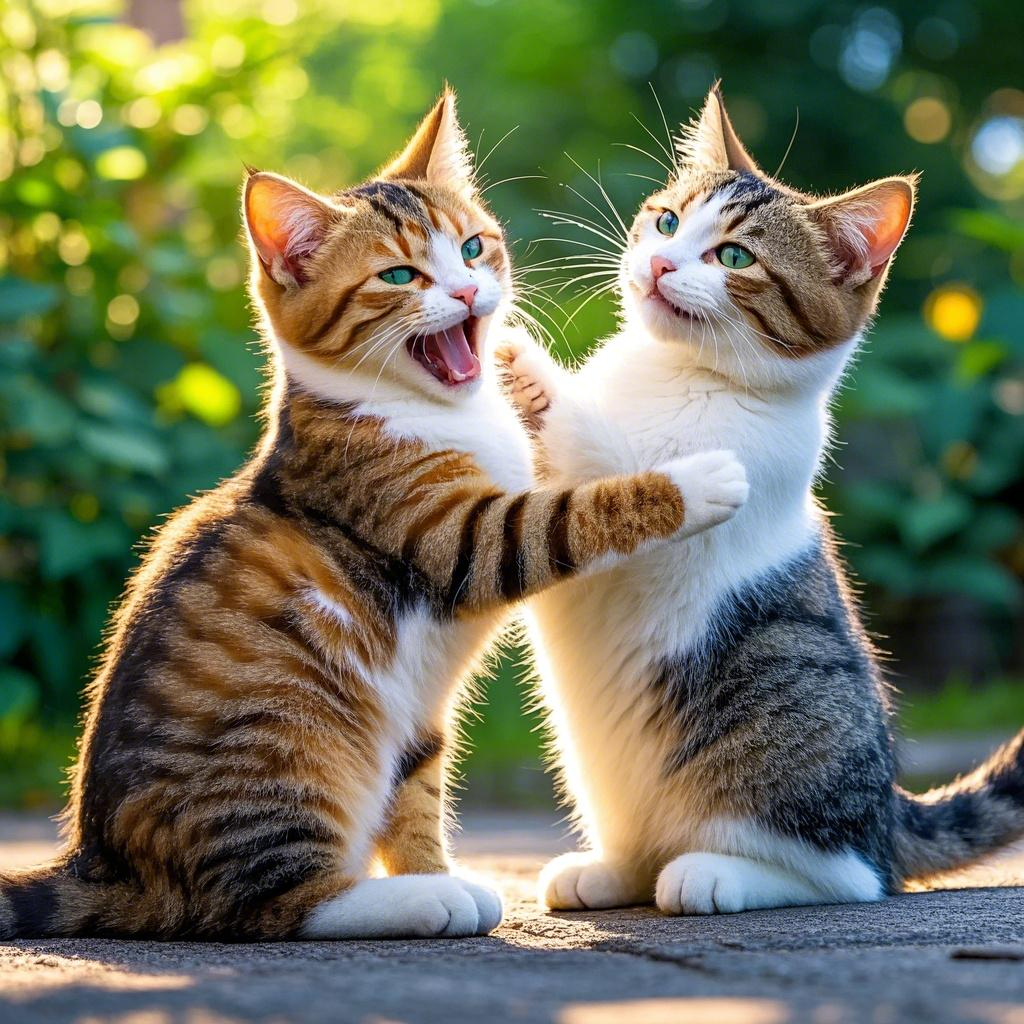When it comes to spending time with cats, their rich and varied purr is like a unique language. For America’s pooper scoopers, understanding a cat’s purr allows us to better communicate with these furry buddies and build a deeper emotional bond. Here’s more about how to interpret your cat’s soft or urgent purrs.
Daily Greetings and Expressions of Friendship
When your cat makes a soft, short “meow” sound, it’s often a sign that they’re greeting you. For example, if you come home from work and open the door and your cat runs over and lets out a soft “meow”, it’s saying “welcome home, I missed you”. This brief purr is a cat’s way of expressing friendliness and seeking attention. They want a response from you, perhaps a petting or a few gentle words. Some cats will also make this sound from time to time as they follow you around, this is their way of acknowledging your location at all times and enjoying their time with you.

Cries of Hunger and Need
When a cat is hungry or thirsty, the purring becomes more frequent and urgent. You may hear a constant “meow” that rises in pitch, as if to say, “I’m starving, give me food”. Also, they will circle around the food or water bowl, rubbing their head while purring, thus reinforcing their need. In addition to their dietary needs, cats will also communicate their thoughts through this eager purring when they want to play but can’t find the right toy or want you to open the door and enter a certain room.
Signs of restlessness and fear
If a cat emits a low, raspy purr that is accompanied by raised fur and a tense body, it is likely that it is feeling uneasy or fearful. For example, when there is a strange guest in the house, or another animal intrudes into its territory, the cat will make this sound to try to warn the other person to stay away. Sometimes, sudden changes in the environment, such as loud noises and unfamiliar odors, will also make the cat feel nervous and thus make these kinds of calls. At this time, owners need to give them enough security and let them adapt slowly.
Calling for a partner and courtship
When it comes to the rutting stage, the cat’s call will have obvious changes. Female cats will emit a long, high-pitched cry with a trill, which is especially obvious at night to attract male cats. Male cats, on the other hand, will emit a coarse, heavy purr and may also urinate all over the house as a way of marking territory and attracting the attention of the female cat. This purring during estrus usually lasts for a while and is very disturbing to the owner, but it is also a normal physiological behavior of cats.
There are many little secrets hidden in a cat’s purring, and through careful observation and patient listening, we can better understand their needs and emotions.
Online Message
© 2025. All Rights Reserved.


